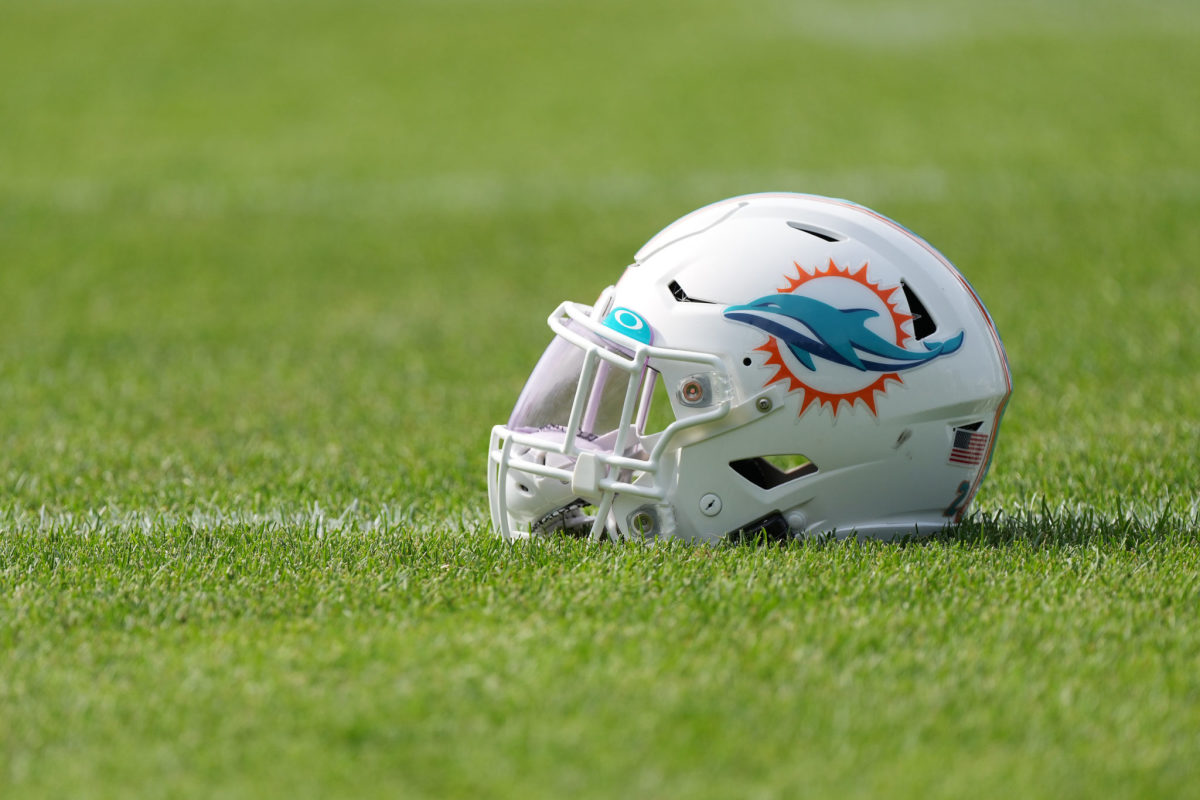Why Mike McDaniel’s Dolphins Offense May Need a Simpler, Tougher Approach
Miami Dolphins head coach Mike McDaniel has earned praise as one of the NFL’s most inventive offensive minds. His creative schemes and eye-catching designs have inspired coaches across the league. Yet, despite two playoff appearances in three seasons, his brilliance hasn’t translated to postseason success. The Dolphins are explosive, entertaining, and dangerous—but lack the consistency and physical edge needed to beat top-tier teams.
McDaniel’s Dolphins are just 6-15 (.286) against teams with winning records during the regular season, and 0-3 without quarterback Tua Tagovailoa. Their struggles can’t be pinned solely on bad luck. Miami frequently commits penalties (7th most in the league) and ranks 10th in negative plays. They generate big gains in the run game but lack the physical presence to consistently win at the line of scrimmage.
A significant part of the problem stems from short-yardage inefficiency. Since 2022, the Dolphins rank 31st in conversion rate on third- and fourth-and-short. They also finished 31st in red zone touchdown percentage last season and last in success rate when running against stacked boxes. Injuries and lack of depth on the offensive line haven’t helped, especially with veteran tackle Terron Armstead retiring after multiple injury-plagued seasons.
Miami has begun addressing these issues. In free agency, they signed guard James Daniels, known for his power but returning from an Achilles injury. They also traded up in the draft for guard Jonah Savaiinaea and selected Patrick Paul as Armstead’s potential successor at left tackle. These moves, combined with Austin Jackson and Aaron Brewer, give the team its most promising line under McDaniel—if they can stay healthy and develop quickly.
McDaniel continues to showcase his creativity, like using motion-heavy “pony” packages with Raheem Mostert and De’Von Achane to disorient defenses. But gadget plays and outside runs aren’t always the answer. Miami must improve its interior ground game, where they ranked 28th in gap scheme usage last year. They also relied on shotgun and pistol formations in short-yardage far too often—approaches better suited to teams with dual-threat quarterbacks.
With Tua’s injury history, quarterback sneaks are limited. However, getting under center and incorporating downhill runs could offer better results. As more defenses adopt Vic Fangio’s light-box schemes, the best offenses are adapting by running inside with physicality.
Miami needs tougher blocking from its skill players too. While teams like the 49ers, Rams, and Lions use physical receivers and backs to complement their line, the Dolphins have prioritized speed. Tyreek Hill, Jaylen Waddle, and Achane provide unmatched explosiveness, but the addition of sixth-round power back Ollie Gordon could bring much-needed balance.
The team also signed blocking tight end Pharaoh Brown to replace Jonnu Smith, who was traded. Darren Waller, recently acquired out of retirement, will be more of a receiving threat than a blocker. The Dolphins must now rely on Brown, Westbrook-Ikhine, and Gordon to inject physicality into the offense.
Last season, Miami faced the fewest single-high defensive looks in the NFL. Opponents didn’t fear the run game and kept safeties deep to contain Hill and Waddle. The Dolphins don’t need to abandon their identity, but they must enhance it with a more consistent, physical run game and greater discipline up front.
McDaniel doesn’t need to stop being creative. But sometimes, the smartest play is the simplest. To evolve into a legitimate contender, the Dolphins must mature, develop more grit, and occasionally choose substance over style.
